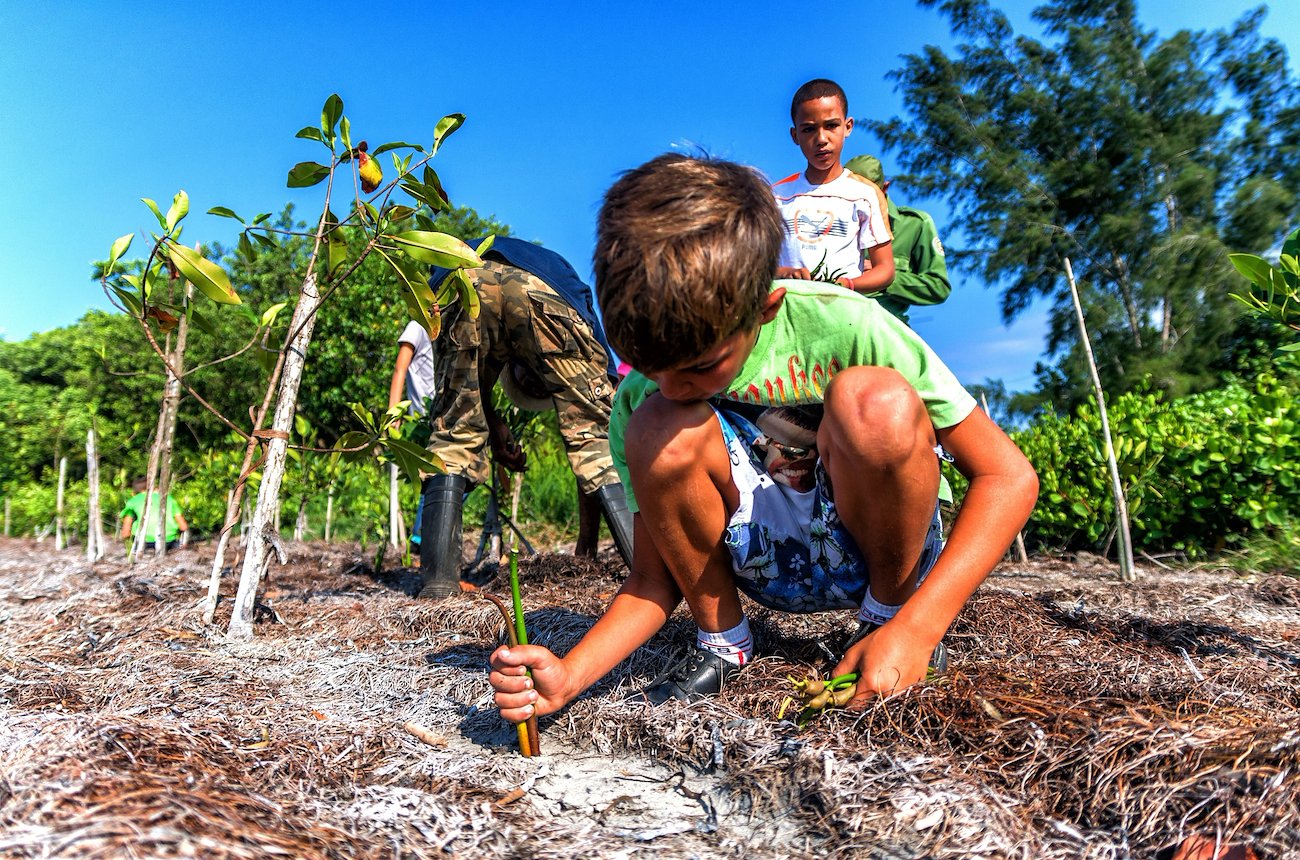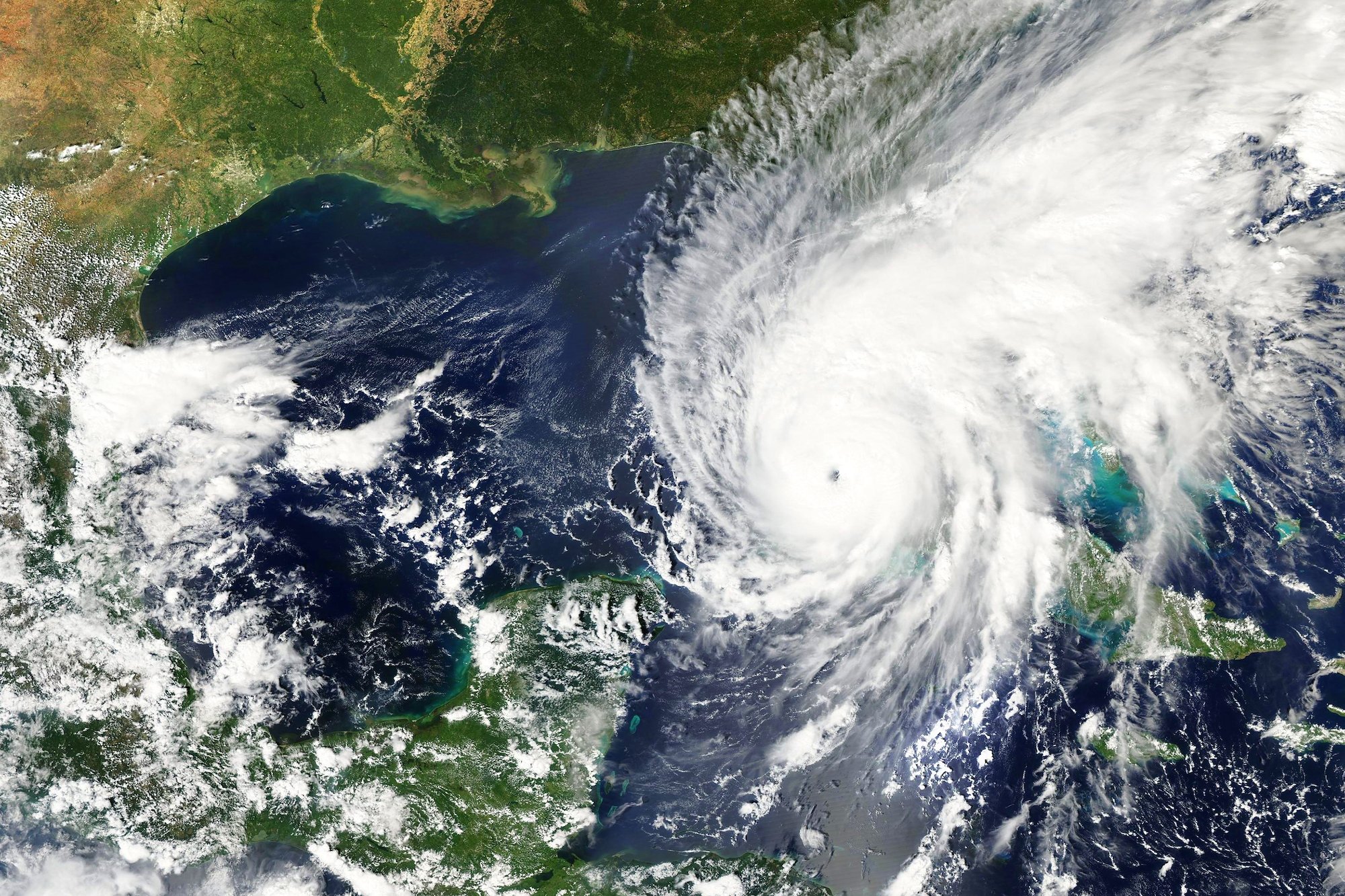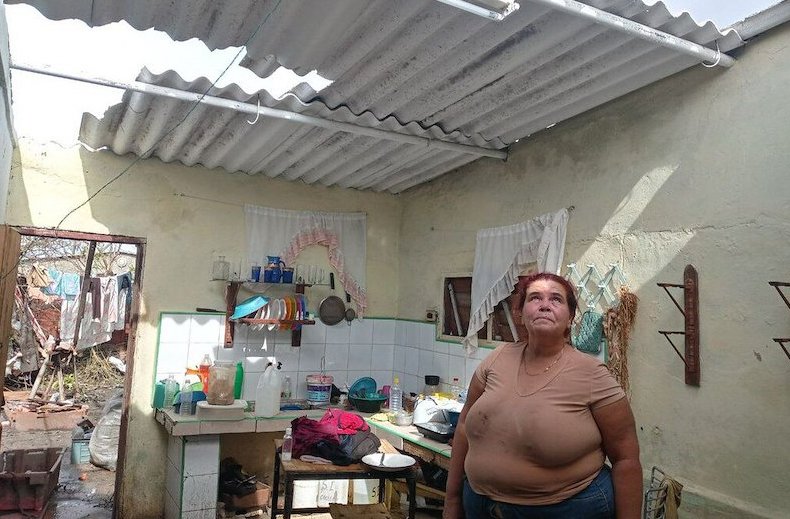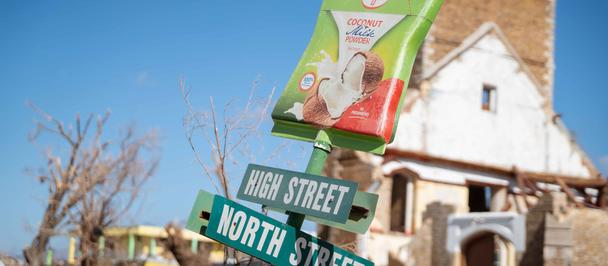Building resilience in Cuba after the devastation of Hurricane Ian
Come hell or high water
July 4, 2023

Through better roof construction, restoring mangroves and sustainable agricultural practices, communities are working to break the cycle of fragility.
It was 4:30 a.m. on 27 September 2022 when Hurricane Ian made landfall in Cuba. After it was over, Carlos Valdés returned to what was once his house.
El guerrillero (the warrior), as his family and friends call him, collected the few bits and boards that the wind hadn't carried away and used them to build a shelter.
The wind and rain had swept away all his belongings. In just six hours, Carlos saw his life vanish.



The communities around Artemisa and Pinar del Rio, Cuba, are no strangers to hurricanes. But the vast landscape and often poorly constructed homes leave them vulnerable to reoccurring destruction. Photos: Shutterstock/Hydebrink (left), Shutterstock/Zaruba Ondrej (centre), Shutterstock/Dausa Cruz (right)
“We’ve never seen anything like that.”
Communities in Cuba, especially in Artemisa and Pinar del Río, are used to hurricanes.
But about Ian, they say again and again, “we’ve never seen anything like that.”

Una imagen del huracán Ian desde el espacio avanzando hacia Cuba.
Hours before the hurricane made landfall, Cuba’s electrical grid collapsed, leaving 11 million people without power. Many parts of the country also lost mobile and gas services for hours.
And once Ian made landfall, it killed at least five people, swept away more than 21,000 hectares of crops and left 636,000 children unable to attend school.
More than half of the dwellings in Carlos’ home province of Pinar del Río were damaged, as were another 100,000 residences in four other provinces.
The magnitude of the recent climatic changes are unprecedented in the past several centuries, even millennia, according to the Sixth Assessment Report from the Intergovernmental Panel on Climate Change (IPCC). And in Cuba, Ian seemed like proof.
This climate-related destruction comes on top of several challenges already facing the country: problems meeting the demand for electricity, scarcity of prepared food products and medicines, inflation and barriers to water distribution.


Responding to the devastation
Losing their roof, like what happened to Carlos’ house, is one of the most common consequences for families after an extreme meteorological event.
The most impacted and vulnerable people were prioritized to receive zinc sheeting—a corrosion-resistant material that is very moldable and doesn't give off hazardous chemicals—to use to rebuild their roofs.
Some of these sheets are coming through the United Nations Plan of Action for Cuba, which, in coordination with Cuban authorities and the United Nations Development Programme (UNDP), covers the most pressing needs to respond to the hurricane's devastation with US$42 million.
Among other efforts, UNDP provided approximately 11,000 tarps for temporary shelter. More than 18,000 people received mattresses. “There were families all sleeping on one mattress, even ones that were still wet in some cases,” community social worker Yusimí Moreno says.

Destroyed roofs are the most commonly reported damage following extreme weather events such as Hurricane Ian. In coordination with Cuban authorities, UNDP responded with millions raised in relief funds, while thousands of tarps, metal roofing sheets and mattresses were distributed.
More than 2,000 sheets were provided for roofing and more than 4,000 were collected to be sent to Pinar del Río. More than 1,900 tools were delivered to specialized and community brigades to support the installation of safe roofs. Thirty-nine electrical transformers will be delivered to supply alternating current in areas with insufficient infrastructure.
The success of these solutions isn’t just based on their effectiveness in the short term but on their ability to build resilience into local construction traditions. For that reason, communities were offered training, and materials for building safe roofs were expedited. The roofing work can be finished in less than a day.
Local climate adaptation
Onay Martínez is also from Pinar del Río and has long looked ahead to the future.
He’s an agricultural producer at Tierra Brava, his farm. His land was also hit by Hurricane Ian.
“I went to fix the very last bit of housing damage because helping people comes first,” explains Onay. Next, he cut the fallen trees that were blocking the roads to his farm.

Onay Martínez (first from the left) with members of the Tierra Brava project.
Tierra Brava is a sustainable food self-sufficiency project based on decentralized management practices and local development efforts. Onay’s farm is more resilient than others to a catastrophe like Hurricane Ian; his land use methods stop soil erosion, and his irrigation system is more efficient despite the area's arid climate.
This allows Onay to contribute to the town's food planning even at times of scarcity, meeting some of the need for fruits and vegetables for local schools and helping to substitute imported supplies such as flour for making bread, which is made instead with pumpkin mash from his land. He can also preserve food with a freezer that runs on solar panels, both donated by UNDP.
Hurricane Ian caused sea water to come about seven kilometres inland in Pinar del Río. Natural barriers like mangroves, which are present on 70 percent of the Cuban coastline, were crucial to minimizing damage: these trees protect the coast from erosion and mitigate sea level rise.
Since 2021, the Mi Costa project has worked to restore more than 11,000 hectares of mangroves, protecting more than 1.3 million people in Cuba.
“There’s still a lot to do to adapt to climate change, but we can start to see how the community is empowered now that they understand the social and cultural value of the mangroves better,” says Juliette Díaz from the Cuban Environmental Agency.

Beyond hurricane season
Even if we can't avoid storms altogether, we can help communities be better prepared.
Through early warning systems or digital tools like CADRI, potential climate risks can be anticipated, reducing communities’ vulnerability and building capacity for adaptation and response.
Using better roof construction, mangroves, or agricultural practices, UNDP Cuba is helping Carlos and his community to break the cycle of fragility.
The next time the wind and rain rage against Cuba's coast, they will encounter stronger networks of collaboration and a more resilient people.
Footnotes
For 50 years, UNDP has been supporting Cuba in its strategic priorities for sustainable development. Building resilience in the face of extreme weather events has been one of the key areas of cooperation in recent decades. For the projects mentioned in this story, UNDP Cuba receives support from the Central Emergency Response Fund (CERF), Global Environment Facility (GEF), Green Climate Fund (GCF), the International Organization for Migration (IOM), the Italian Agency for Development Cooperation (AICS) and the Swiss Agency for Cooperation and Development (SDC(.

 Locations
Locations






